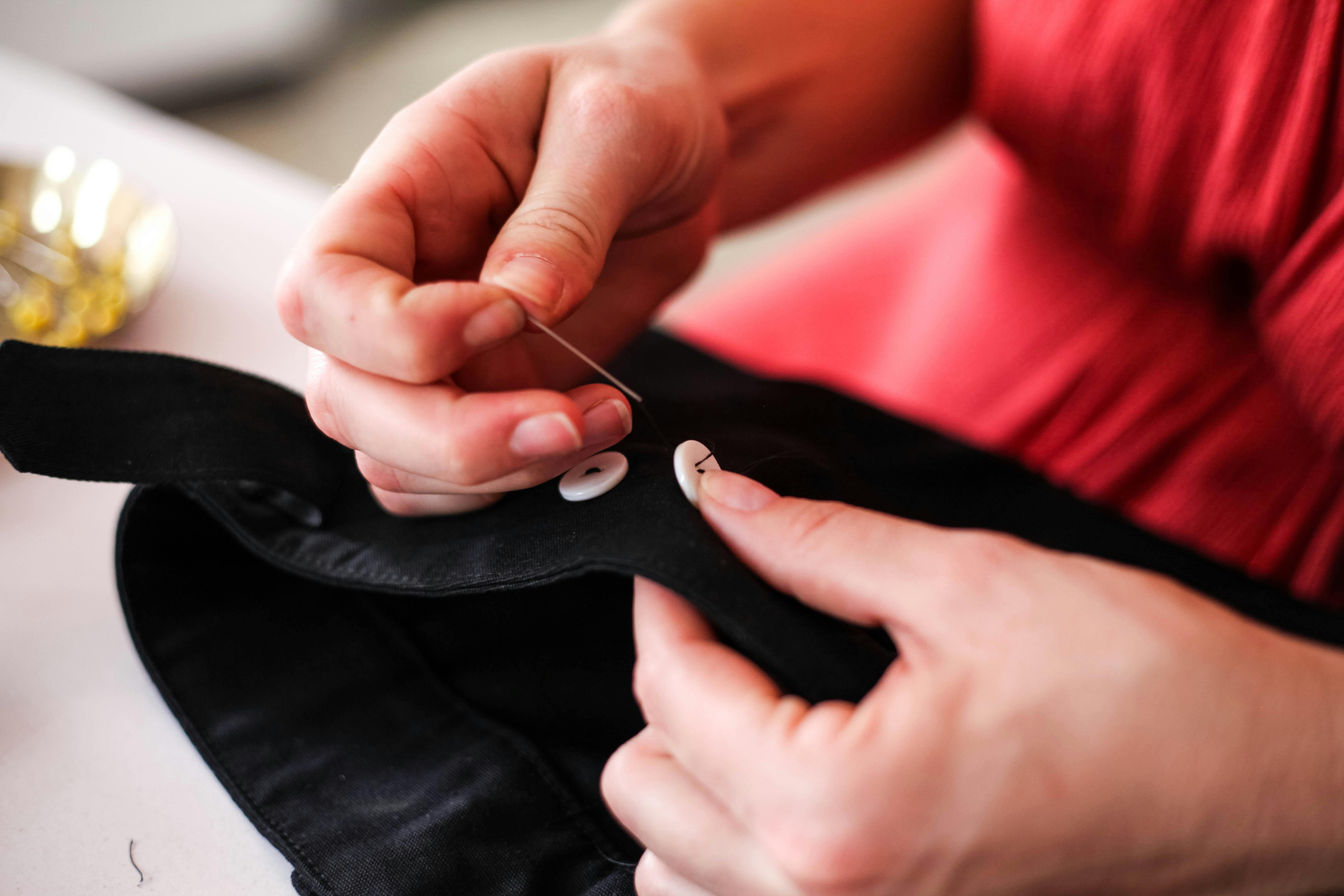Effective Ways to Defrost Frozen Chicken in 2025

Effective Ways to Defrost Frozen Chicken in 2025
Defrosting frozen chicken safely is a critical step that ensures not only the quality of your meals but also the safety of your food. As culinary practices evolve, it remains essential to follow contemporary guidelines for thawing chicken effectively. Whether you're a busy parent or a novice chef, knowing how to defrost chicken can save you time and enhance your cooking experience. In this article, we will explore various methods of defrosting chicken, focusing on their effectiveness and safety, ensuring you avoid common pitfalls of foodborne illnesses.
The benefits of mastering chicken thawing techniques extend beyond food safety; they can also significantly improve the flavor, texture, and overall quality of your meals. From refrigerator thawing to quick methods involving water or microwave, we'll guide you through the best practices. You'll learn how proper defrosting techniques can help with meal prep and inspire culinary creativity in your kitchen.
Get ready to discover everything you need to know about defrosting frozen chicken the right way, including essential tips and methods that work well with various cuts of chicken. Remember, whether you're planning a simple family dinner or a special feast, defrosting plays a vital role in ensuring a successful outcome!
Understanding Safe Chicken Thawing Methods
When it comes to defrosting chicken, understanding the various safe methods available can greatly reduce the risk of bacterial growth. This knowledge is crucial for any cook who prioritizes food safety and quality. The USDA recommends several safe methods that prevent the meat from entering the danger zone of 40°F to 140°F, where bacterial growth can flourish.
1. Refrigerator Thawing: The Safest Method
Refrigerator thawing is widely regarded as the safest method to defrost chicken. By placing your frozen chicken in the refrigerator, you can control the temperature effectively and minimize bacterial growth. It’s best to plan ahead, as this method can take several hours to a full day depending on the size of the chicken.
For instance, a whole chicken may require 24 hours to thaw completely, whereas chicken breasts can thaw in a few hours. Ensure that you place the chicken on a plate or in a container to catch any juices that may leak out, preventing cross-contamination with other foods.
2. Cold Water Method for Quick Thawing
If you're pressed for time, the cold water method can be a game changer. This technique involves sealing the chicken in a waterproof bag and submerging it in cold water. It's crucial to change the water every 30 minutes to maintain a safe temperature.
Using this method, small cuts of chicken can thaw in about an hour while larger pieces might take up to two hours. Remember to cook the chicken immediately after thawing this way to ensure any bacteria that may have developed during thawing are eliminated.
3. Microwave Defrosting Techniques
Microwave defrosting can be a quick solution when you’re in a hurry. Most modern microwaves come with a defrost setting specifically designed for meat. However, it's important to use this method with caution as microwaving can sometimes unevenly thaw the chicken and partially cook the meat, leading to a change in texture.
To defrost chicken using a microwave, follow the manufacturer's instructions and cook the chicken immediately after thawing. This method is ideal for smaller pieces, such as thighs or wings, but may not be best suited for whole chickens.
Common Chicken Thawing Mistakes to Avoid
While learning safe thawing techniques for chicken, it’s equally important to recognize common mistakes that can lead to health risks. Understanding these pitfalls can help ensure that your defrosting process is effective and safe. Here are a few common mistakes to avoid:
1. Thawing Chicken at Room Temperature
One of the most significant hazards in thawing chicken is leaving it at room temperature. This can allow bacteria to multiply quickly on the meat’s surface, leading to potential foodborne illnesses. Always use one of the safe methods outlined to ensure the chicken remains at harmless temperatures.
2. Refreezing Thawed Chicken
While it's possible to refreeze chicken that has been thawed in the refrigerator, chicken thawed using the cold water or microwave methods should be cooked immediately. Refreezing can lead to significant changes in texture and flavor, which could ruin your meal.
3. Neglecting to Consider Thawing Times
Many people underestimate the time it takes to thaw chicken properly. Always factor in thawing time into your meal planning. Planning ahead ensures that the chicken is ready when you are, without compromising safety.
Cooking Frozen Chicken: Tips and Techniques
If you find yourself short on time, you may also consider cooking frozen chicken directly without thawing. This method can be safe if done correctly; however, it requires adjustments to cooking times. It’s essential to use a meat thermometer to ensure the internal temperature reaches a safe 165°F.
1. Adjusting Cooking Times
When cooking frozen chicken, you should plan for a longer cooking duration. For example, grilling frozen chicken breasts could take up to twice as long compared to cooking thawed ones. Always ensure that the chicken is thoroughly cooked, as this is paramount for food safety.
2. Searing for Flavor Enhancement
To enhance the flavor of frozen chicken, searing the exterior before finishing cooking is advantageous. This method adds a delicious crust while sealing in moisture and flavor, which can significantly improve the quality of your cooked chicken.
3. Safe Chicken Marinades
If you’re working with frozen chicken, marinading is best done after thawing. However, if you're rushed, consider a quick marinade right before cooking. Acidic marinades can help in tenderizing the meat, improving texture and flavor.
Safe Handling and Storage Practices
To maintain the quality of your chicken and minimize health risks, proper handling and storage practices are crucial. Here are best practices to ensure that your chicken remains safe and flavorful from the moment of purchase through preparation.
1. Proper Storage of Frozen Chicken
When storing frozen chicken, it's key to keep it in airtight packaging to prevent freezer burn. Labeling your chicken with storage dates can help keep track of freshness. Utilize the FIFO (First In, First Out) method to ensure older items are used before newer ones.
2. Understanding Cross-Contamination
To avoid cross-contamination in your kitchen, always use separate cutting boards and utensils for raw chicken. Cleaning surfaces and objects that come into contact with raw chicken is essential in minimizing the risk of foodborne illnesses.
3. Utilizing Chicken Safety Guidelines
Following USDA guidelines on chicken preparation, including proper temperatures for cooking and storage, ensures not only the safety of the food prepared but contributes to an overall healthier cooking environment for your family.
Frequently Asked Questions About Defrosting Chicken
1. How long does it take to thaw chicken in the fridge?
Thawing chicken in the refrigerator generally takes several hours to a full day, depending on the size of the chicken piece. A whole chicken usually requires about 24 hours to defrost completely.
2. Is it safe to cook chicken from frozen?
Yes, you can cook chicken from frozen, but it will take approximately 50% longer than cooking thawed chicken. Ensure it reaches an internal temperature of 165°F for safety.
3. Can I defrost chicken in hot water?
No, defrosting chicken in hot water is not recommended as it may cause the outer layer to reach temperatures conducive to bacterial growth, while the inside remains frozen.
4. What is the best method for thawing chicken quickly?
The best quick method is the cold water method, where the chicken is sealed in plastic and submerged in cold water, changing the water every 30 minutes to keep it cold.
5. How can I tell if my chicken is fully thawed?
You can check by feeling the chicken; it should be soft and pliable, with no icy bits remaining. Additionally, a cooking thermometer can verify that it reaches proper cooking temperatures.

 ```
```